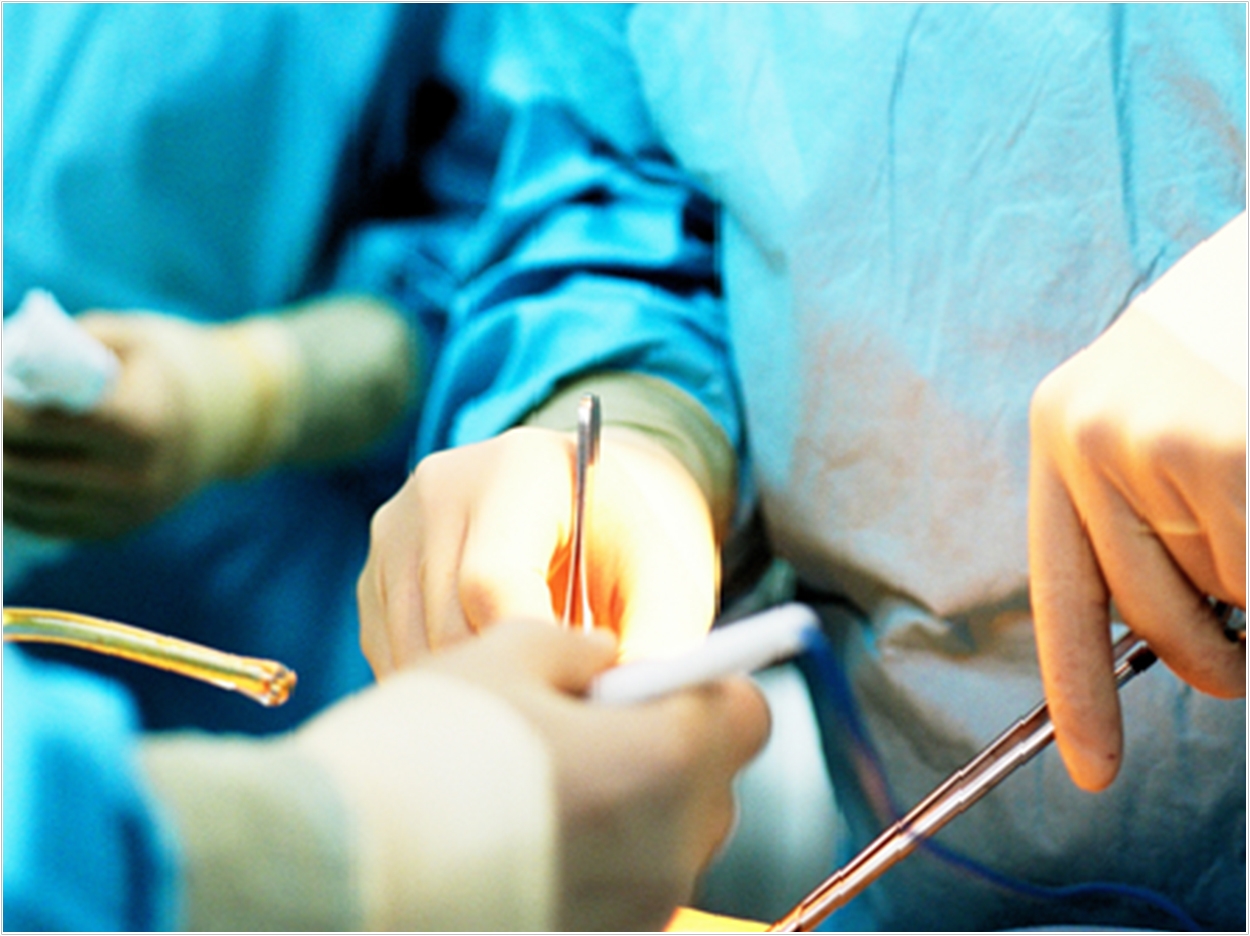
Scaffold-like implants often are used to help repair bones in oral and maxillofacial surgery and other medical procedures. The process of tissue repair changes over time, though, prompting researchers at Imperial College London to create traction force-activated payloads (TrAPs). These biomaterials interact with the body’s natural repair systems to facilitate healing.
“Our technology could help launch a new generation of materials that actively work with tissues to drive healing,” said Ben Almquist, PhD, MS, an assistant professor with the Faculty of Engineering, Department of Bioengineering, at the college, noting that in dentistry, TrAPs have potential for serving as pulp-capping agents to stimulate and support dentine formation.
“In broader maxillofacial surgical applications, there is likely potential for use in reconstructive surgery of bones in the face, both for traumatic injury and birth defects,” Almquist said. “We are currently testing the ability of TrAPs to promote bone growth, and if they indeed can as we hypothesize, then there are many interesting applications that are possible.”
After an injury, cells crawl through the collagen scaffolds in wounds. As they move, they pull on the scaffolds, activating hidden healing proteins that begin to repair injured tissue. The researchers designed TrAPs to recreate this natural healing method, folding DNA segments into 3-D shapes known as aptamers that cling tightly to proteins.
Then, the researchers attached a customizable handle that cells can grab onto on one end before attaching the opposite end to a scaffold such as collagen. During laboratory testing, cells pulled on the TrAPs as they crawled through the collagen scaffolds. The pulling made the TrAPs unravel to reveal and activate the healing proteins, which instruct healing cells to grow and multiply.
The researchers also found that by changing the cellular handle, they can change which type of cell can grab hold and pull, letting them tailor TrAPs to release specific therapeutic proteins based on which cells are present at a given point in time. The TrAPs then produce materials that can smartly interact with the correct type of cell at the correct time during would repair.
This is the first time scientists have activated healing proteins using different types of cells in manmade materials, the researchers said, adding that the technique mimics healing methods found in nature.
“Using cell movement to activate healing is found in creatures ranging from sea sponges to humans. Our approach mimics them and actively works with the different varieties of cells that arrive in our damaged tissue over time to promote healing,” Almquist said.
The approach is adaptable to different cell types so it could be used with fractured bones, scar tissue after heart attacks, and damaged nerves. New techniques also are desperately needed for patients whose wounds won’t heal despite current interventions, the researchers said, such as diabetic foot ulcers, which are the leading cause of nontraumatic lower leg amputations.
TrAPs are relatively straightforward to create and are fully manmade, the researchers said, meaning they are easily recreated in different labs and can be scaled up to industrial quantities. Their adaptability also means they could help scientists create new methods for laboratory studies of diseases, stem cells, and tissue development.
Aptamers currently are used as drugs, meaning they already are proven safe and optimized for clinical use. Because TrAPs take advantage of aptamers that are currently optimized for use in humans, they may be able to take a shorter path to the clinic than methods that start from ground zero, the researchers said.
“The TrAP technology provides a flexible method to create materials that actively communicate with the wound and provide key instructions when and where they are needed,” Almquist said.
“This sort of intelligent, dynamic healing is useful during every phase of the healing process, has the potential to increase the body’s chance to recovery, and has far-reaching uses on many different types of wounds. This technology has the potential to serve as a conductor of wound repair, orchestrating different cells over time to work together to heal damaged tissues,” Almquist said.
The study, “Biologically Inspired, Cell-Selective Release of Aptamer-Trapped Growth Factors by Traction Forces,” was published by Advanced Materials.
Related Articles
Gum Tissue Stem Cells Accelerate Wound Healing
Salivary Peptide Promotes Wound Healing
E-Cigarette Usage May Complicate Oral Surgery












